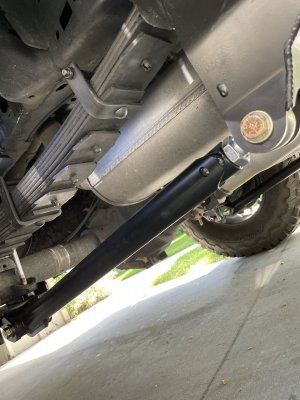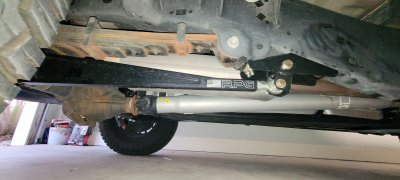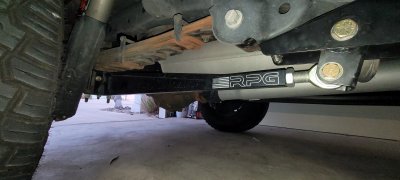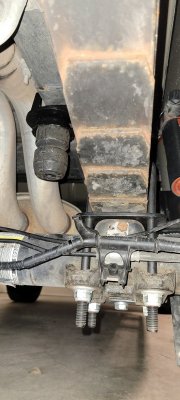What was the reason that Ford did not or would not design these rear links to the axle?
.... Other than cost cutting. Because these simple parts really would not add relatively that much cost.
Is there some engineering reasoning?
Because I only see an upside in performance with this device.
Cheers.
.... Other than cost cutting. Because these simple parts really would not add relatively that much cost.
Is there some engineering reasoning?
Because I only see an upside in performance with this device.
Cheers.





